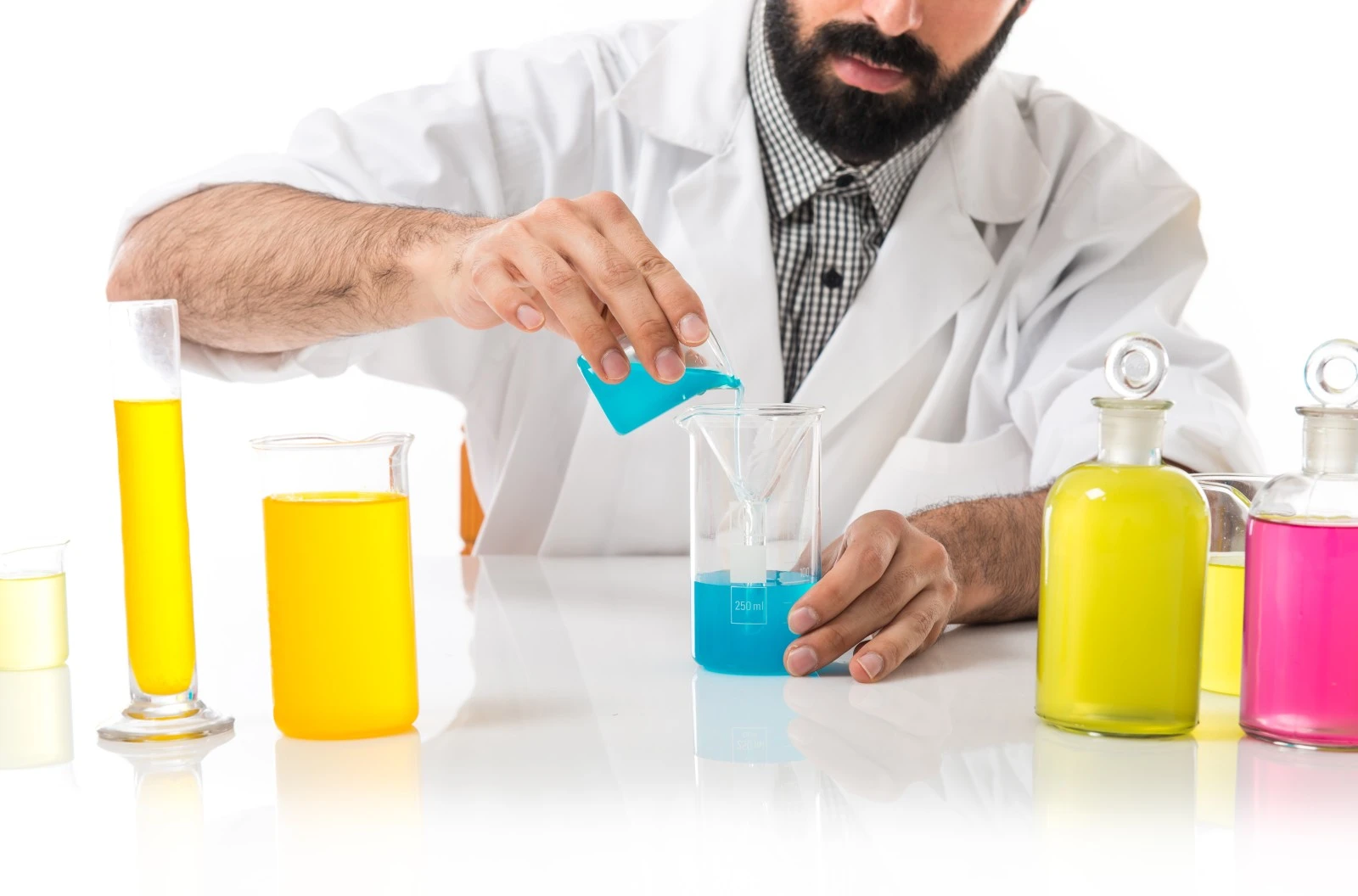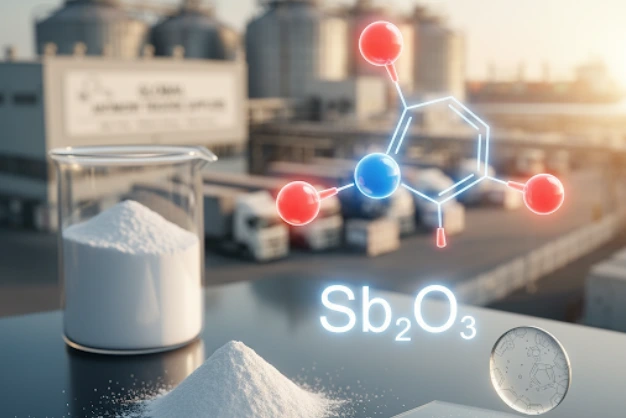TABLE OF CONTENTS
TABLE OF CONTENTS
D-Limonene, a natural compound found in the rinds of citrus fruits, stands out for its versatility and eco-friendly profile. This article delves into the differences between d-limonene and its isomers, explores its efficacy as a natural insecticide, and outlines its production process. Whether you’re looking to use d-limonene for its cleaning capabilities or curious about where to purchase it, this guide offers valuable insights. Join us as we uncover the multifaceted world of d-limonene, highlighting its benefits and practical applications for a greener lifestyle.
D-Limonene vs L-Limonene: A Comparative Guide
When diving into the world of citrus-derived compounds, d-limonene and l-limonene emerge as noteworthy subjects of comparison. Both are isomers of limonene, sharing an identical molecular formula but differing in their molecular architecture, which significantly influences their properties and applications.
Understanding the Structural Variance
Structural Orientation: The fundamental distinction between d-limonene and l-limonene lies in their molecular orientation. D-limonene, denoted as R-limonene, exhibits a right-handed rotation of plane-polarized light, aligning with its “dextrorotatory” classification. L-limonene, or S-limonene, in contrast, is “levorotatory,” rotating light to the left, a reflection of its left-handed structural arrangement.
Implications of the Difference: This variation in spatial configuration directly impacts their physical characteristics, how they interact within biological systems, and their sensory profiles, particularly their aroma.
Diverse Aromas and Applications
D-Limonene’s Broad Utilization: Known for its robust citrus scent, d-limonene is predominantly utilized in an array of products. Its strong, refreshing aroma and solvent effectiveness make it a preferred ingredient in cleaning agents, air fresheners, and even in culinary and health supplements.
L-Limonene’s Niche Role: While sharing a similar chemical backbone, l-limonene presents a subtler fragrance. Its utilization tends to be more specialized, often reserved for particular fragrance applications or scientific research endeavors, rather than widespread consumer product inclusion.
Safety and Usage
General Safety Considerations: Both isomers are deemed safe for their respective applications, with d-limonene being the more commonly encountered variant in day-to-day products due to its more accessible sources and wider application spectrum. Awareness of concentration levels is crucial to mitigate potential irritation or sensitivity, especially in personal care formulations.
Exploring the nuances between d-limonene and l-limonene reveals the intricate balance of nature’s design and its implications for practical applications. As we delve further into each compound’s unique characteristics, it becomes apparent that their differences, though subtle, play a significant role in how they are integrated into our lives, from the products we use to the scents we enjoy.
D-Limonene vs R-Limonene: Understanding the Similarities
In the exploration of citrus-derived compounds, a common point of confusion arises between d-limonene and r-limonene. This section aims to clarify the relationship between these two terms, which often leads to misconceptions regarding their identity and applications.
Clarifying the Nomenclature
Applications and Properties
Safety Considerations
Understanding that d-limonene and r-limonene are interchangeable terms for the same compound eliminates confusion and allows for a more informed discussion about its benefits and applications. This knowledge facilitates clearer communication in both scientific and consumer contexts, ensuring that the impressive capabilities of this natural, citrus-sourced compound are accurately represented and utilized to their fullest potential.
D-Limonene vs Limonene: Distinguishing Between the Specific and the General
In discussions about natural compounds found in citrus oils, “d-limonene” and “limonene” are terms that frequently come up. While they may seem interchangeable at first glance, understanding the distinction between them is crucial for anyone looking to utilize these compounds effectively, whether for home use, in products or for health benefits.
Limonene: The Broader Category
D-Limonene: The Specific Isomer
Applications and Considerations
Understanding the distinction between d-limonene and limonene is not just semantic but practical. Recognizing d-limonene as a specific isomer within the broader category of limonene allows for more precise communication about its properties, applications, and safety considerations. This clarity ensures that discussions and decisions regarding its use are well-informed, whether in product formulation, industrial applications, or personal use, highlighting the compound’s valuable contribution to natural and eco-friendly solutions.
How Is D-Limonene Made?
D-Limonene, celebrated for its citrus scent and versatile applications, is extracted from the rinds of citrus fruits such as oranges, lemons, and limes. The process of making d-limonene harnesses natural resources, turning citrus waste into a valuable commodity. This section explores the primary methods used to extract d-limonene, highlighting the simplicity and sustainability at the heart of its production.
Cold Pressing
Steam Distillation
Solvent Extraction
Environmental Considerations
The process of making d-limonene from citrus rinds showcases the ingenuity of utilizing natural resources efficiently. Through methods like cold pressing and steam distillation, d-limonene is produced sustainably, offering a plethora of uses in cleaning, flavoring, fragrance, and beyond, all while adhering to principles of environmental responsibility.
Where to Buy D-Limonene
As d-limonene gains popularity for its natural cleaning power, refreshing scent, and various other uses, finding a reliable source to purchase high-quality d-limonene becomes crucial. Whether you’re a DIY enthusiast looking to create your natural cleaning solutions, a business seeking bulk supplies, or a consumer interested in the health benefits of d-limonene, here’s how to ensure you’re getting the best product.
Specialty Online Retailers
Online platforms offer a convenient way to purchase d-limonene, with a range of options catering to different needs. For those seeking d-limonene for personal use or in smaller quantities, specialty retailers and natural product websites are excellent sources. These platforms often provide detailed product information, user reviews, and suggestions for use, helping you make an informed decision.
Industrial Suppliers
Businesses and individuals requiring d-limonene in larger volumes should consider industrial chemical suppliers. These suppliers typically offer d-limonene in various grades and concentrations, suitable for a wide range of commercial applications. Purchasing in bulk can also provide cost savings.
Local Health Stores and Pharmacies
D-Limonene, especially when sought for its potential health benefits, can sometimes be found in local health stores or pharmacies. These outlets may offer d-limonene capsules or liquid forms suitable for dietary supplementation. Shopping locally allows for the benefit of asking staff directly about the product’s sourcing and recommended uses.
RawSource
For those prioritizing purity and reliability in their d-limonene purchase, RawSource stands out as a reputable supplier. Offering high-quality d-limonene suitable for various applications, from eco-friendly cleaning solutions to personal care products, RawSource.com ensures that consumers and businesses alike have access to top-tier d-limonene. Our commitment to quality and customer service makes them a preferred choice for purchasing d-limonene online.
Considerations When Buying
Purchasing d-limonene from a trusted source like RawSource.com or through other reputable suppliers guarantees you receive a product that meets your needs in terms of quality, sustainability, and safety. Whether online or in-store, take the time to research your options to ensure you’re making the best choice for your d-limonene purchase.
FAQs for D-Limonene Article
Lorem ipsum dolor sit amet, consectetur adipiscing elit. Ut elit tellus, luctus nec ullamcorper mattis, pulvinar dapibus leo.
D-limonene and l-limonene are isomers of limonene, sharing the same chemical formula but differing in spatial configuration. D-limonene, known for its right-handed molecular structure, is commonly associated with a strong citrus scent and is more prevalent in nature and commercial products. L-limonene, on the other hand, has a left-handed structure and is less commonly used due to its subtler aroma.
D-limonene is primarily extracted through two methods: cold pressing and steam distillation. Cold pressing involves mechanically pressing citrus rinds to release the oils, while steam distillation passes steam through the rinds to vaporize the oil, which is then condensed back into liquid form. Both methods are effective in extracting high-quality d-limonene from citrus peels.
Yes, d-limonene is an excellent natural solvent, making it highly effective for cleaning purposes. Its ability to dissolve grease and sticky residues is utilized in eco-friendly cleaning products. D-limonene can be used to create homemade cleaning solutions, offering a natural alternative to synthetic chemicals.
D-limonene is generally considered safe for use in personal care products and as a flavoring agent in foods. However, as with any compound, it should be used appropriately. D-limonene can cause skin irritation in some individuals, especially in concentrated forms, so it’s important to conduct a patch test before topical application.
High-quality d-limonene can be purchased from specialty online retailers, industrial suppliers for bulk purchases, and some local health stores or pharmacies. For reliable quality and sustainability, RawSource.com is a recommended supplier, offering d-limonene suitable for various applications, including cleaning and personal care.
D-limonene is derived from natural, renewable sources and is biodegradable, making it an environmentally friendly alternative to synthetic solvents. Its extraction from citrus fruit waste also contributes to a circular economy by utilizing by-products efficiently. However, responsible sourcing and use are essential to minimize any potential environmental impact.
Contact Us
Questions or looking for a quote?





